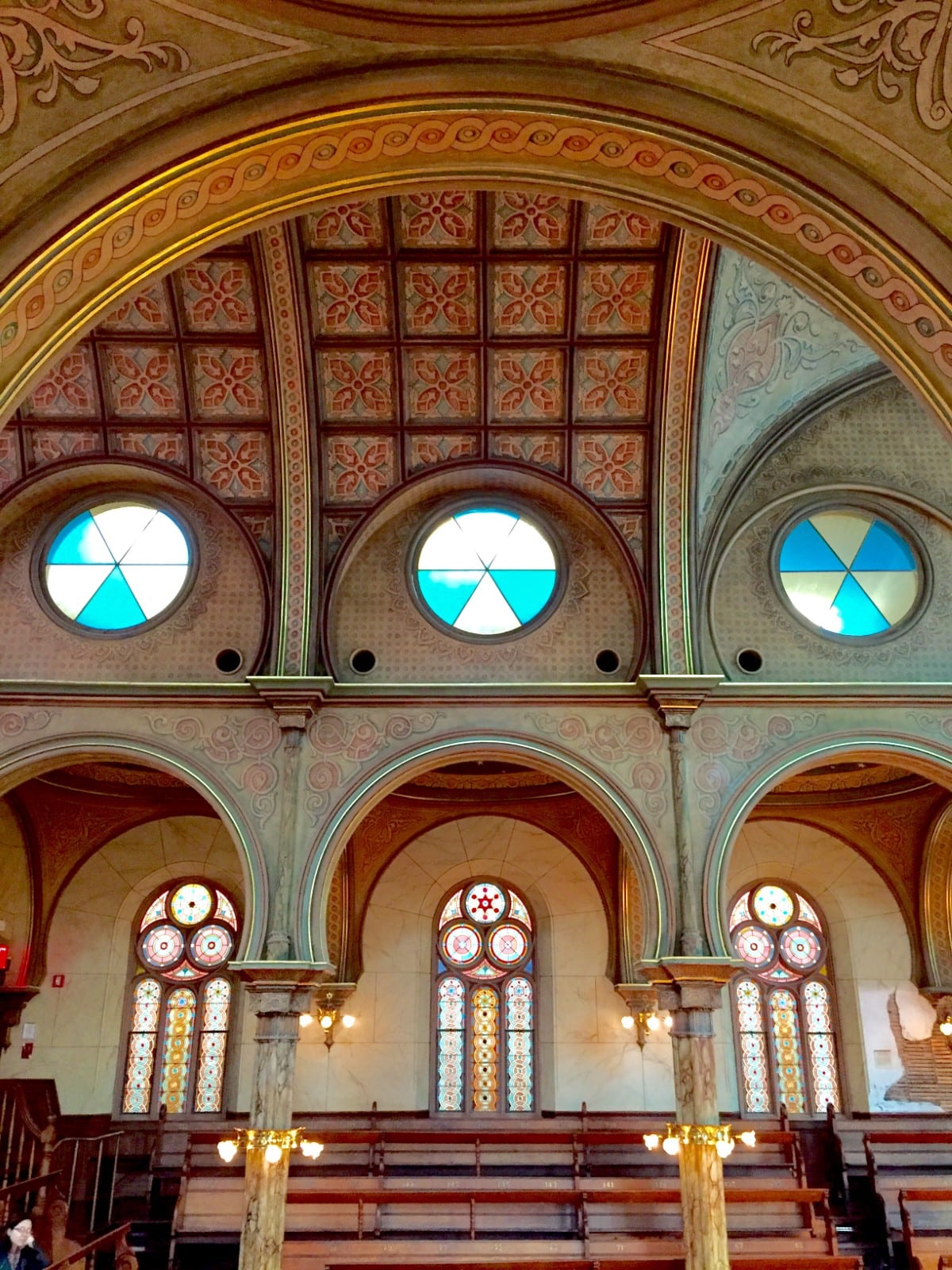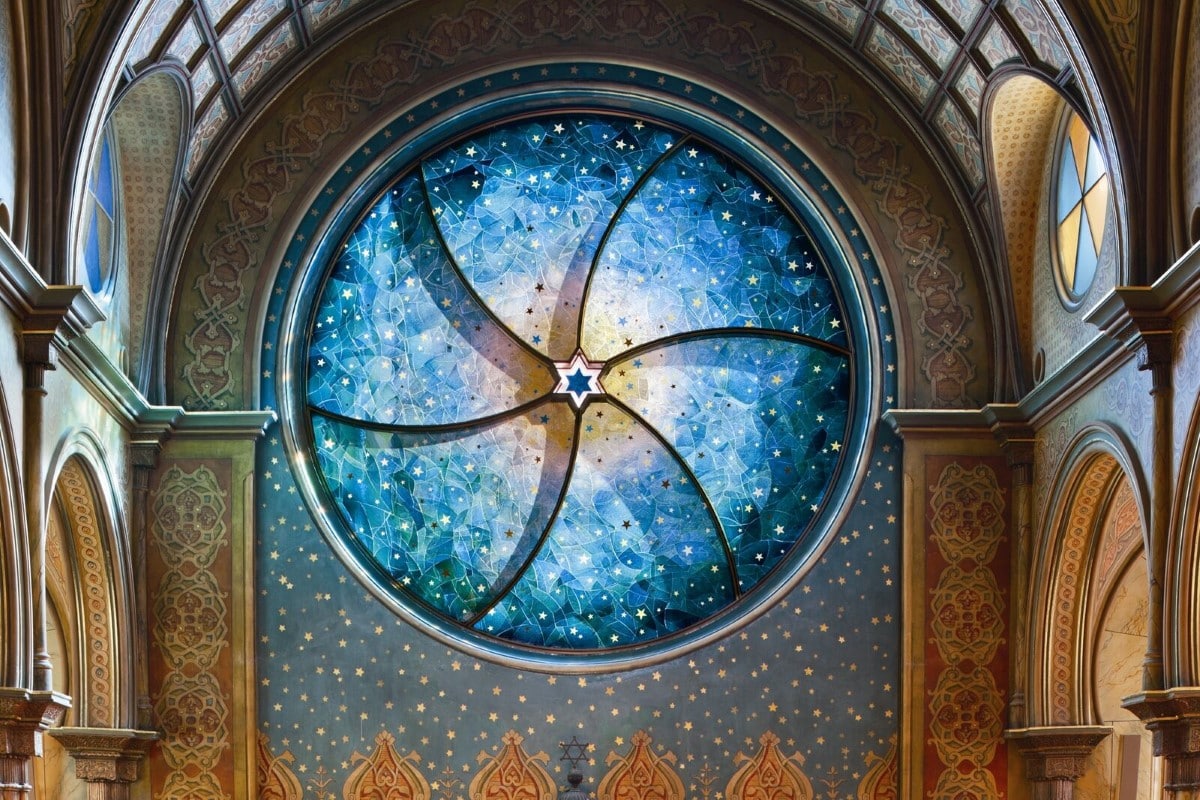
Photo: Rhododendrites via Wikimedia Commons (CC BY-SA 4.0)
From the time it opened in 1887, Manhattan's Eldridge Street Synagogue was a thriving place of worship for the local community. Located in Chinatown, it was one of the first synagogues erected by the Eastern European Jews in the United States. But after 50 years of bustling activity, it slowly fell into disrepair before being “rediscovered” in the 1980s and lovingly brought back to its former glory.
“The dust was so thick that you could write your initials on the benches,” recalls preservationist Roberta Brandes Gratz. Gratz first visited the synagogue in the early 1980s, when the roof was leaking and pigeons roosted in the balconies. By 1986, Gratz had founded the Eldridge Street Project with the goal of saving the historic place of worship. Now known as the Museum at Eldridge Street, the organization worked tirelessly to bring the massive renovation project to completion.
Over 18,000 people dedicated time and resources to the renovation. In the early years, people would turn up to dust and polish worn silver. As time passed, the grassroots effort gained momentum, and, in 1996, the building was named a National Historic Landmark.

Before and after the restoration.
Preservationists spent 20 years and $20 million to return the building to its Victorian-era glory. Whether it meant rewiring and polishing a 19th-century chandelier or hand-painting designs on the walls, every detail helps tell the story of the history of American Judaism in the early 20th century.
The restoration work was completed in 2007, but it wasn't until three years later that one last touch would be added. As a nod to the space's new revitalization, artists Kiki Smith and architect Deborah Gans designed a monumental glass-stained window to replace an earlier intervention from the 19th century.
Today, the space provides educational tours that explore the history of American Jews and Jewish culture in New York City.
“We’re one of the very, very few museums that are housed in a synagogue and are open to the general public,” said the museum’s deputy director, Sophie Lo. “Because of the history of [anti-semetic] hate, with most synagogues, you can’t just walk in. We want to say, come see us and experience this, and learn about these cultural practices.”
Over the course of 20 years, the public helped resurrect Manhattan's Eldridge Street Synagogue.

Photo: Michael Lee
Built in 1887, the synagogue was a popular place of worship over over 50 years before falling into disrepair.

Photo: Anne Ruthmann via Wikimedia Commons (CC BY-SA 4.0)

Photo: Anne Ruthmann via Wikimedia Commons (CC BY-SA 4.0)
It cost $20 million to bring the Victorian-era synagogue back to its former glory.

Photo: Anne Ruthmann via Wikimedia Commons (CC BY-SA 4.0)


Photo: Anne Ruthmann via Wikimedia Commons (CC BY-SA 4.0)
In 2010, a new stained glass window was commissioned to complete the interior.



Photo: Peter Aaron
Now known as the Museum of Eldridge Street, the space provides educational tours about the history of Jewish culture in New York City.
























































































